The Reintroduction Of Sea Otters To Vancouver Island
by OB 2020-17
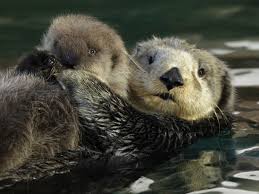
1In 1 playlists
By OB 2020-17
Sea otters eat mostly hard-shelled invertebrates, such as sea urchins, clams, mussels, and crabs. Sea otters eat between 20%-30% of their body weight per day. Many sea otters have a favorite rock that they store in one of their underarm pockets.
Sea otters sleep on the surface of the water, so they often anchor themselves by wrapping themselves in seaweed. They also wrap their babies in kelp so they don’t float away while they dive for food.
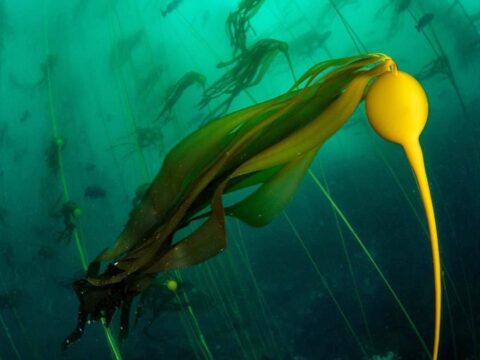
1In 1 playlists
By OB 2020-17
Science kelp forests grow so close to the shore, it acts as a wall to cushion the power of currents and waves. This helps slow erosion on the coastline and protect beaches. When bull kelp dies in the winter and washes up on beaches it can serve as a useful source of food and shelter for sand crabs, beach fleas, and periwinkles.
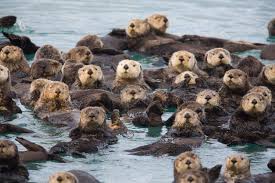
1In 1 playlists
By OB 2020-17
Captain James Cook acquired pelts at Nootka Sound, on Vancouver Island, in 1778. The soft and dense coats of the otters became a fashion trend in China, creating a fur-trading rush on the B.C. coast. Soon as many as 18,000 pelts were being collected every year by trading ships. Due to this, by 1830 sea otters had vanished from many areas, including Vancouver Island.
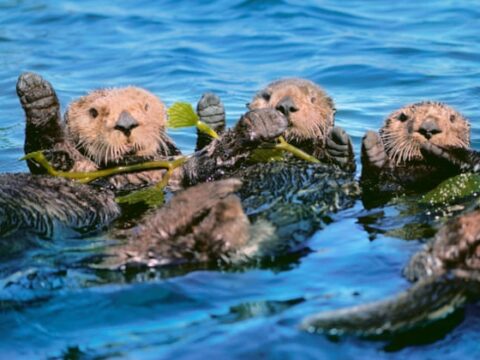
1In 1 playlists
By OB 2020-17
89 sea otters were reintroduced to Vancouver between 1969 and 1972, between Cape Scott to Barkley Sound on the west coast of the island. The restricted range is due to the single introduction to Vancouver Island. Due to the fact that sea otters are socially living animals, there is not an even distribution of the animals throughout their range. They have a tendency to cluster where the best habitat is (kelp forests). With sea otters eating the sea urchins, kelp forests have grown exquisitely!

1In 1 playlists
By OB 2020-17
The return of sea otters to Vancouver Island is seen by some as an environmental success story, but it is creating a dramatic ecological change and setting up native fishermen against sea otters. Since the sea otter population erupted in their territory, there has been increased predation on the shellfish that flourished without sea otters. Native fishermen rely heavily on shellfish harvesting to provide incomes.

1In 1 playlists
By OB 2020-17
The sea otter population originated from 89 otters and now grows at a finite rate of 19.6% per year. Currently, there are an estimated 3,000 otters on the coast of Vancouver Island.
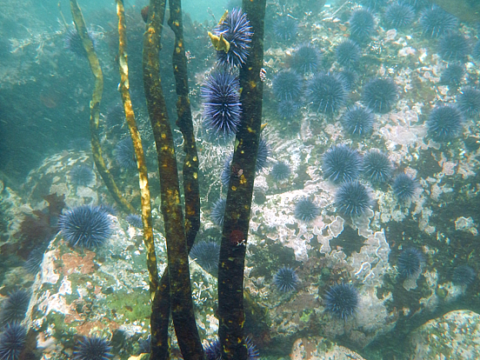
1In 1 playlists
By OB 2020-17
Sea otters are a keystone species. They are essential for coastal ecosystems such as kelp forests. Kelp forests are home to a huge variety of fish, invertebrates, and marine mammals. If sea otters don’t control the sea urchin population by eating them, sea urchins can overpopulate and destroy kelp forests thus impacting massive amounts of marine wildlife.
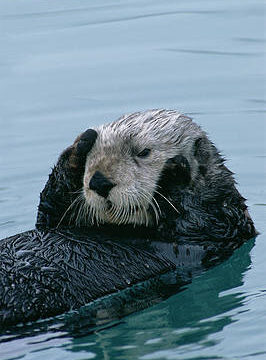
1In 1 playlists
By OB 2020-17
Oil spills are a major threat to sea otters as it only takes a small amount of oil to break down the oil in their fur thus losing almost all of their insulating properties. Unlike most other marine mammals who rely on a thick layer of blubber to keep them warm, otters rely on their dense fur to keep them insulated against the cold.
Fishing gear entanglements, boat strikes, pollution, and disease also pose threats to sea otters.
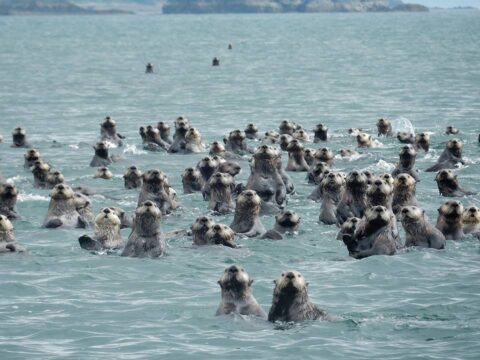
1In 1 playlists
By OB 2020-17
Watching otters from a safe distance, reducing, reusing, and recycling, disposing of hazardous waste properly, not littering or dumping materials into storm drains, using non-toxic household cleaning products, buying sustainable and/or biodegradable products, and getting your car oil changed to prevent leaks.
